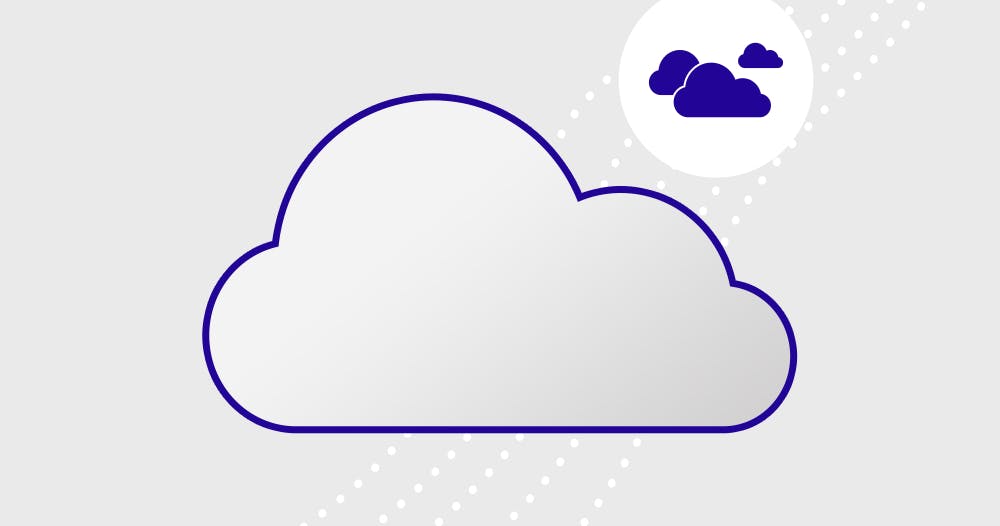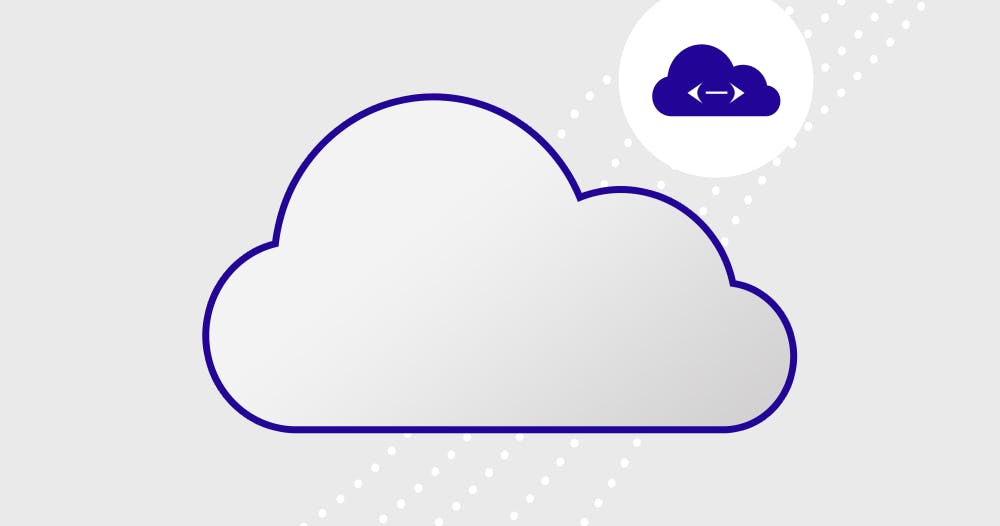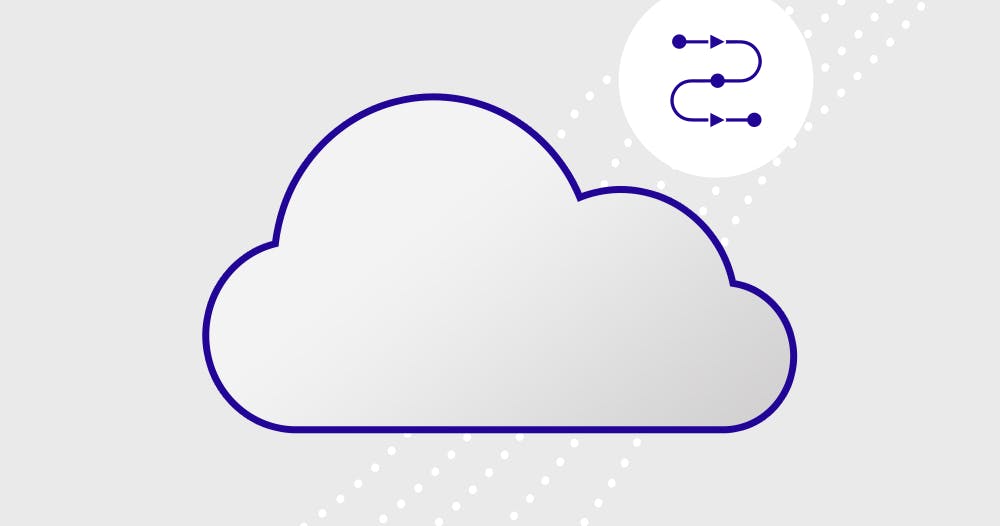Most e-commerce businesses that think about cloud adoption have a one-step at a time approach. They address specific needs as they arise. At the opposite pole are the online shops that don’t have a strategy in place and are subject to “cloud sprawl”. Cloud sprawl usually occurs when different departments inside the same organization are contracting for cloud services independently of each other. As a result, this situation drives up costs and can lead to issues with compliance and security.
Read moreMany e-commerce businesses understand the need to move their infrastructure to the cloud. Maintaining the user experience in the event of traffic spikes and slow page load time, being vigilant about customer data security because online stores are often targets for cybercriminals, having a reliable solution for backups, are just a few of the reasons shop owners think about moving to the cloud. Choosing the right cloud provider, however, can be an overwhelming decision.
Read moreEven though it might seem like a tough concept to grasp and apply, the idea of multi-cloud computing is a simple one: It’s the choice of a business to distribute its assets, redundancies, software, applications, and anything it deems worthy not on one cloud-hosting environment, but rather across several.
Read moreLet’s be frank and admit that every business wants more profit and fewer expenses. This means that business owners are trying every tactic in the book when it comes to saving money. Cutting the costs doesn’t mean reducing the product quality. That is why you need to focus on providing an excellent experience for your customers. As well as keeping the costs at a lower price.
Read more








